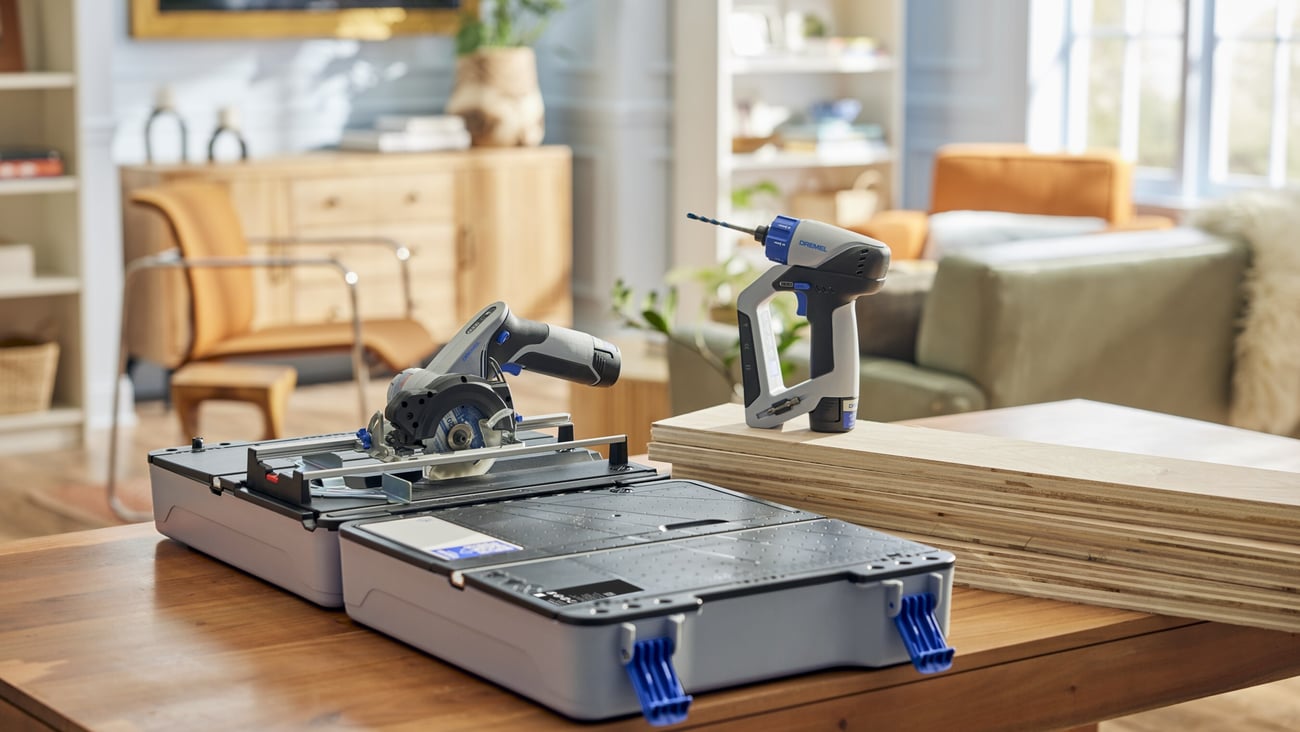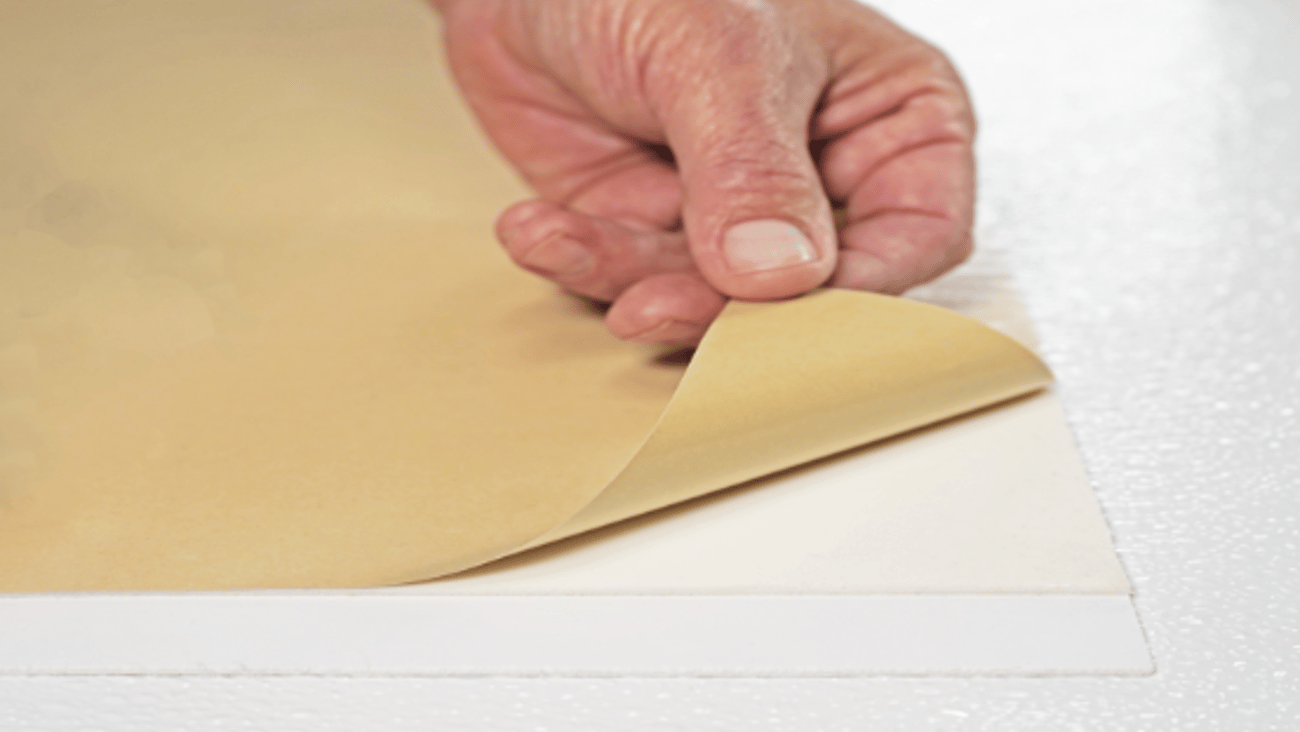Sharp testimony at table-saw hearing
The action of a table-saw blade stopping dead in its tracks when it makes contact with a hot dog — the stunt-double of a human finger — makes for an exciting 15-second YouTube video. The video also excites safety advocates.
But should the Active Injury Mitigation technology that is built into the SawStop table saw be mandated into an industry standard? That was the question debated during a recent hearing of the Consumer Product Safety Commission. The commission is considering a safety standard for all table saws sold in the United States.
Not surprisingly, there was a wide range of disagreement delivered to the CPSC commission during a hearing Wednesday.
First, a little background: Back in September of 2016, a similar technology built into the Bosch Reaxx saw was found by a by a U.S. International Trade Commission judge to infringe upon SawStop patents. In November, the ITC determined it would not review that determination, finding a violation by Bosch of section 337 of the Tariff Act. A briefing on remedy is scheduled and may result in the exclusion of the Reaxx saw from entry into the United States. With that history, the U.S. tool industry is concerned that any effort to mandate AIM would equate to a federal gift to SawStop, at the expense of making the product more affordable and more widely available.
Currently, the only way in the U.S. to buy a table saw equipped with Active Injury Mitigation is to buy a SawStop brand.
The CPSC is considering a new standard requiring AIM on all table saws. A hearing this week produced the following comments both for and against the proposal:
For the proposal
Sally Greenberg, National Consumers League
“In 2015, there were an estimated 33,400 table saw, emergency department-treated injuries. Table saws inflict 11 amputations each day, according to the CPSC’s accident reporting system. … The high degree of risk and the severity of injury … mean that table saws are a consumer product that carries an unreasonable risk of injury to the user when there is a readily available and affordable safety technology to make it safe."
Josh Ward, injured in table saw accident
“You can’t put a value on what it’s like to lose your hand; the Commission needs to finalize its safety standard so nobody else need suffer a life-altering injury as I have done, all because their hand slipped for a fraction of a second while operating a table saw.”
Stephen Gass, president and inventor of Sawstop
“The risk associated with a product that has for decades been mutilating the hands of thousands of Americans every year, and thereby causing around $4 billion in annual economic costs, can now be virtually eliminated. … Who will you choose to protect, corporations? Or consumers?”
Against the proposal
Erik Glavich, National Association of Manufacturers
“The proposed rule for table saws is an unprecedented and misguided and extra-statuary attempt to impose a government mandated monopoly on an entire industry.“
Sophie Miller, George Washington University Regulatory Studies Center
“Consumers are already aware that saw blades pose risks to health and safety. Moreover, the active injury mitigation technology that CPSC is proposing to mandate has been available in table saws for over a decade. Consumers already have the option to buy these saws. These models are at the high end in price of every table saw type, and the fact that many consumers still opt for other competing products indicate that they don’t think that the improvement in safety outweighs the added cost of aim technology.”
Susan Young, executive manager of the Power Tool Institute
"The government could be creating a monopoly for one individual, who can either charge licensing fees projected to result in payments of $30 million to $35 million per year or refuse to license, in which case manufacturers will be unable to comply with the mandatory requirements and only one company's table saws, which are currently available in the marketplace, would meet the requirements.”




